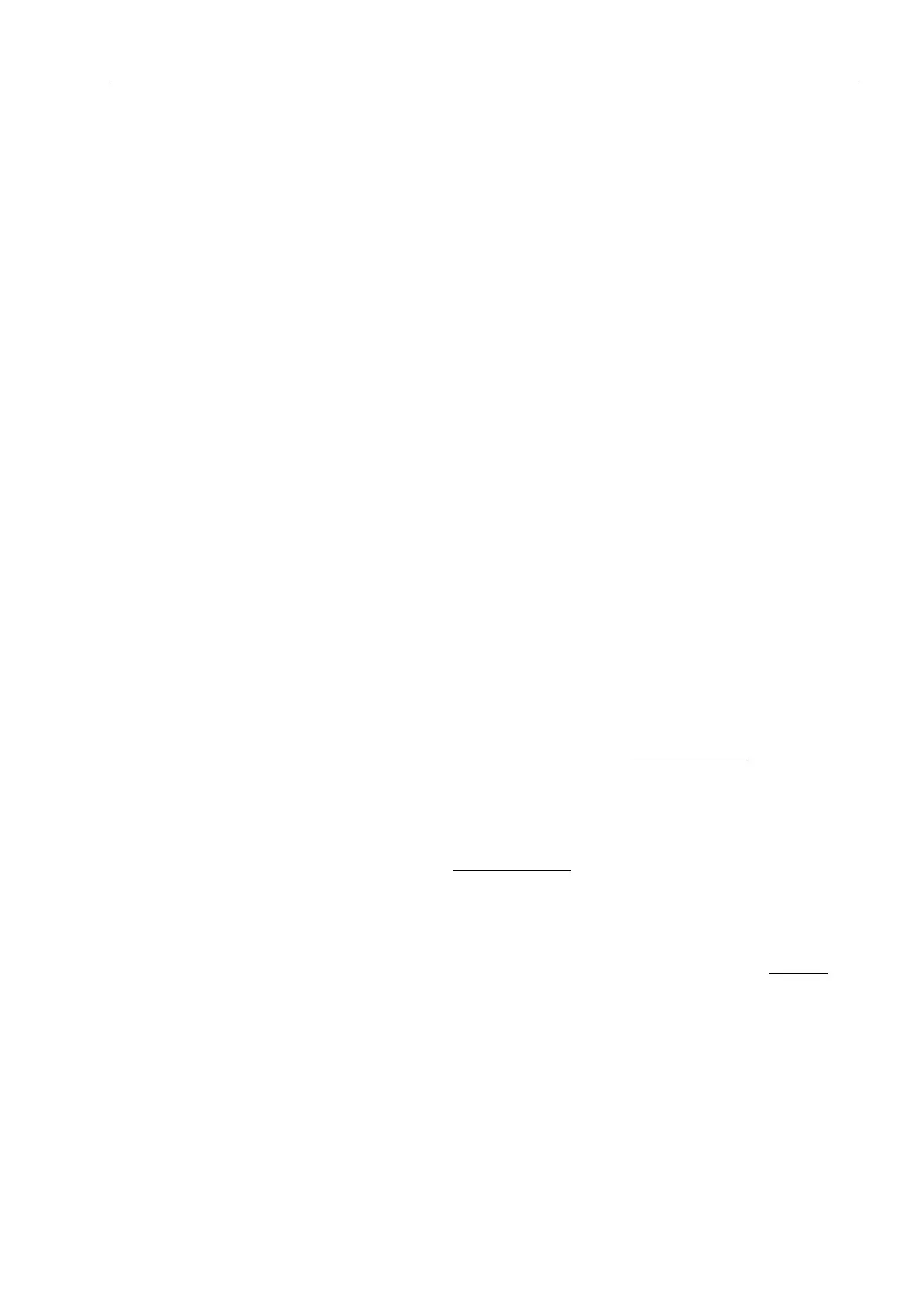3.3 Commissioning
425
7SA522 Manual
C53000-G1176-C155-3
If the signal transmission path for the earth fault protection is the same path that was
already tested in conjunction with the distance protection according to the previous
Subsection, then this Subsection is of no consequence and may be omitted.
For the functional check of the earth fault protection signal transmission, the distance
protection should be disabled, to avoid interference of the tests by signals from the dis-
tance protection: address )&7'LVWDQFH = 2)).
Checking for Per-
missive Release
Requirements: 7HOHSURW() is configured in address to one of the compari-
son schemes using permissive signal, i.e. 'LU&RPS3LFNXS or 81%/2&.,1*. Fur-
thermore, )&77HOHS() is switched 21 at address . Naturally, the corre-
sponding send and receive signals must also be assigned to the corresponding binary
output and input. For the echo function, the echo signal must be assigned separately
to the transmission output.
Detailed information on the function of permissive release is available in Subsection
2.8.
A simple check of the signal transmission path from one line end is possible via the
echo circuit if these release techniques are used. The echo function must be activated
at both line ends i.e. address )&7:HDN,QIHHG = (&+2RQO\; with the setting
(&+2DQG75,3 at the remote end of the check a tripping command may result!
An earth fault is simulated in the direction of the line. This may be done with secondary
injection test equipment. As the device at the opposite line end does not pick up, the
echo function comes into effect there, and consequently a trip command is issued at
the line end being tested.
If no trip command appears, the signal transmission path must be checked again, es-
pecially also the assignment of the echo signals to the transmit outputs.
This test must be carried out at both line ends, in the case of three terminal lines at
each end for each signal transmission path.
On this occasion, you should also check the functioning of the echo delay time and the
monitoring of the circuit breaker status unless this has already been done in the pre-
vious section (the operation of the protection at the opposite line end
is checked):
The circuit breaker on the protected feeder must be opened, as must be the circuit
breaker at the opposite line end. A fault is again simulated as before. A receive signal
impulse delayed by somewhat more than twice the signal transmission time appears
via the echo function at the opposite line end, and the device issues a trip command.
The circuit breaker at the opposite line end
is now closed (while the isolators remain
open). After simulation of the same fault, the receive and trip command appear again.
In this case however, they are additionally delayed by the echo delay time of the
device at the opposite line end (0.04 s presetting, address 7ULS(FKR'(/$<).
If the response of the echo delay is opposite to the sequence described here, the op-
erating mode of the corresponding binary input (H–active/L–active) at the opposite
line
end must be rectified.
The circuit breaker must be opened again.
This test must also be carried out at both line ends, in the case of three terminal lines
at each line end and for each signal transmission path. Finally, please observe the last
margin heading “Important for All Schemes”!

